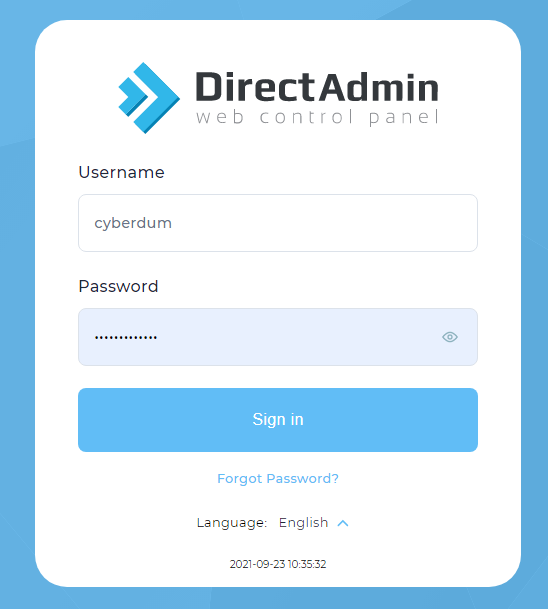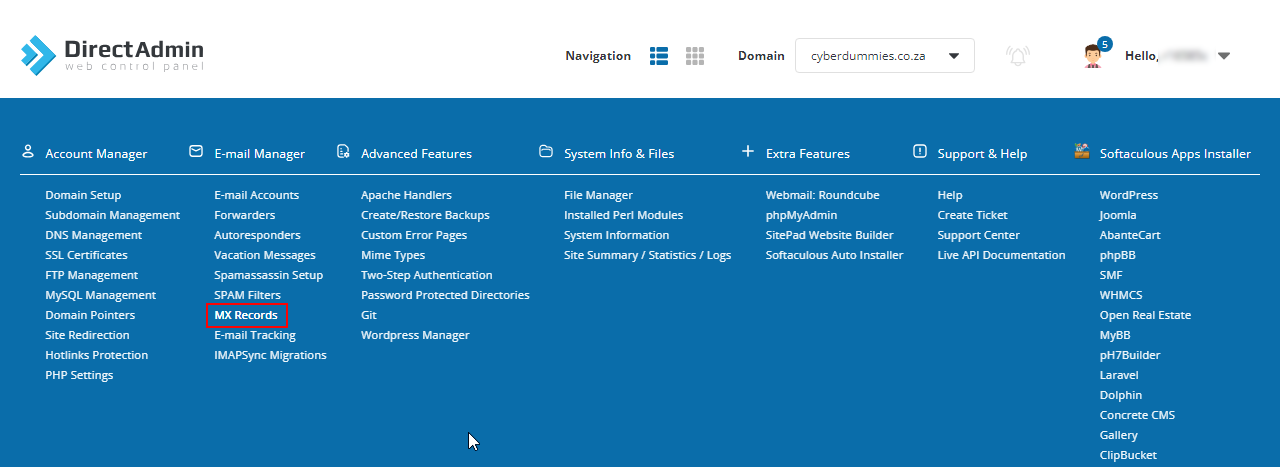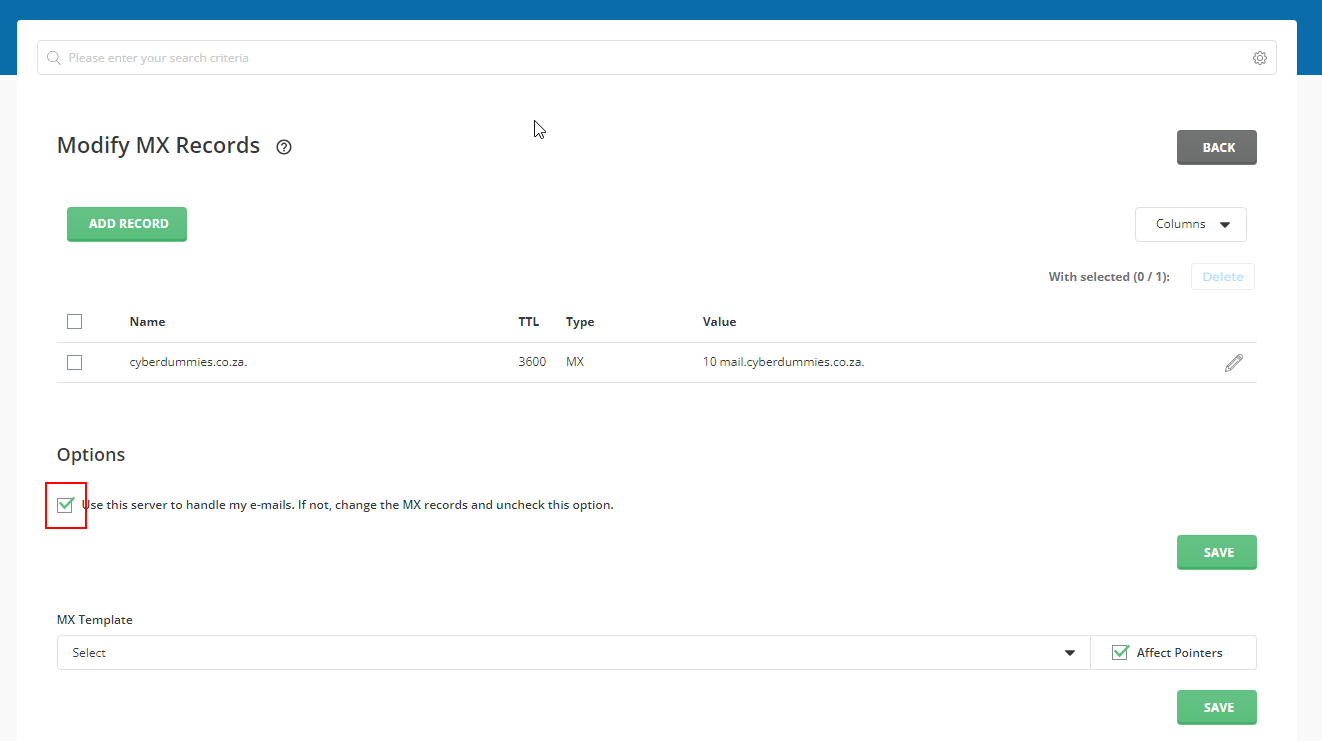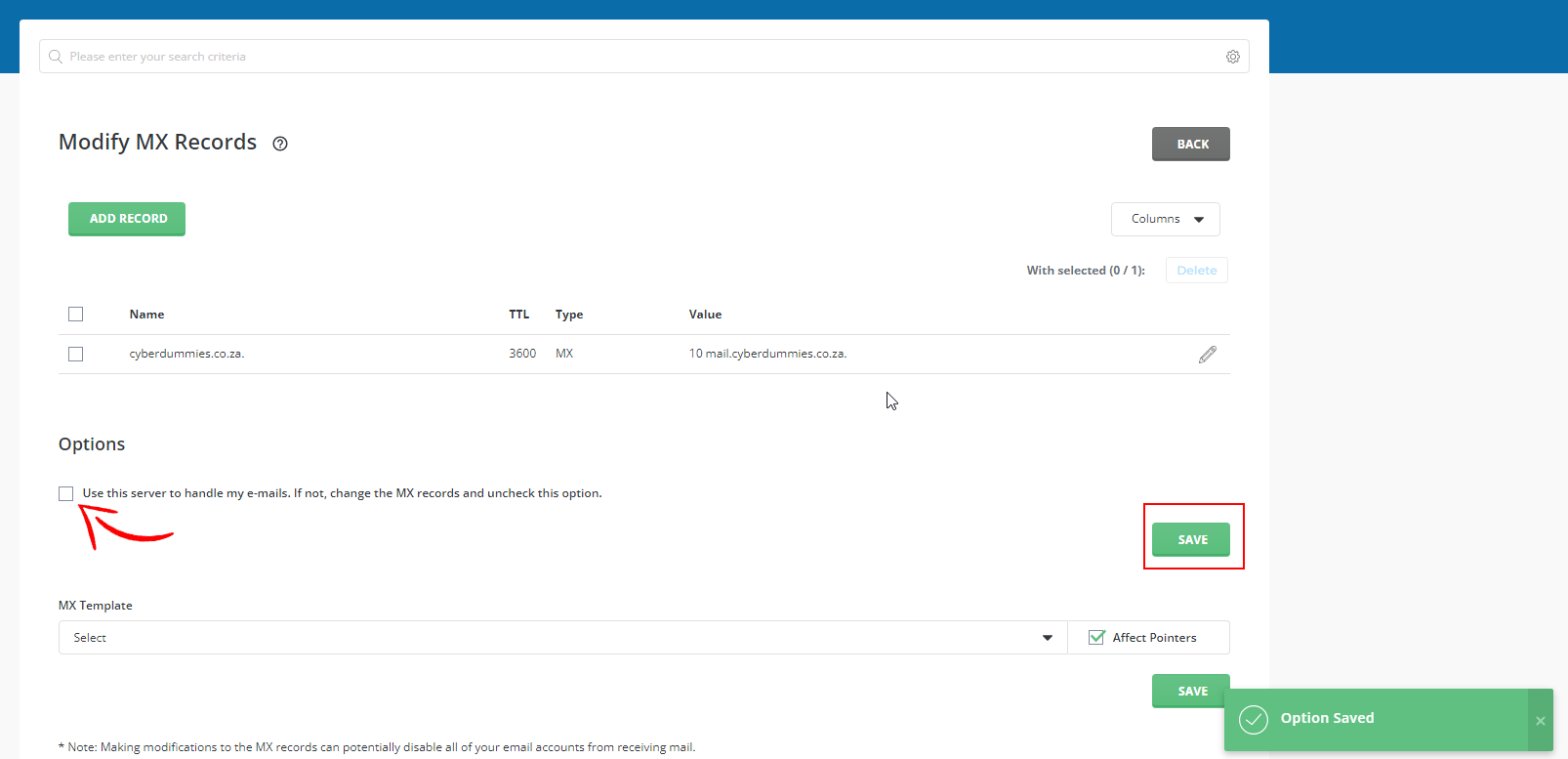Sections
Every now and then we host the same clients that have been sending Emails to each other without any issues and suddenly Email are not delivered successfully. This probably started after one of the clients moved their website hosting to us, while their Emails are still hosted elsewhere, an undelivered message is received with an error 550 “no such recipient / user”.
Your message did not reach some or all of the intended recipients.
Subject: Test message
Sent: 8/15/2023 8:11 AM
The following recipient(s) cannot be reached:
‘john@mail.co.za’ on 8/15/2023 8:11 AM
Server error: ‘550 No such recipient here’
PLEASE NOTE:
The above only happens when the NAME SERVERS (NS) are pointing away from Serious.host and in some cases the DNS records as well, specifically the MX records
Herewith instructions on how to rectify the above error in DirectAdmin, should you be notified by the sender that Emails sent to you fails and an undelivered message is returned to the sender with “error 550 No such recipient here”.
This usually occurs when your Emails relay through a 3rd party, e.g. Googl, Office 365, Zoho mail and others.
1. Log into the Direct Admin host panel using the link provided after signing up with your hosting provider
Username should be in the form of your unique USER ACCOUNT ID, e.g. r12345c
2. We recommend changing the GRID view to LIST view
3. Under EMAIL MANAGER, select MX RECORDS
4. Untick to DISABLE this server for SENDING
5. Once DISABLED, click SAVE
6. Congratulations! You have successfully disabled sending and receiving using our server.
Keywords:
error 550 no such recipient here, no such recipient, email sending failure error 550, email bounceback error 550 no such recipient, correct email address but returned undelivered, error 550, correct email address but returned, correct email address but bounces back





